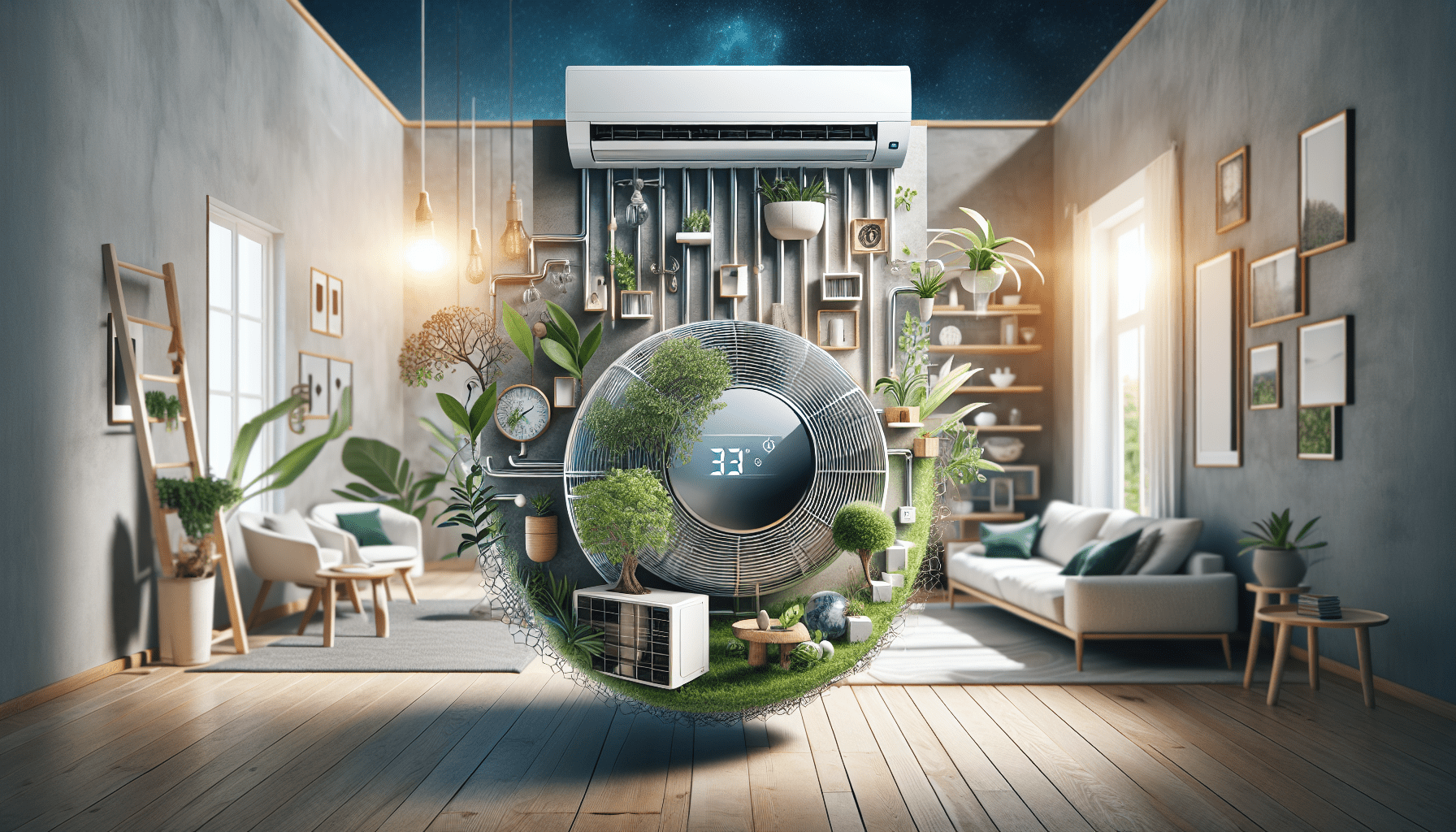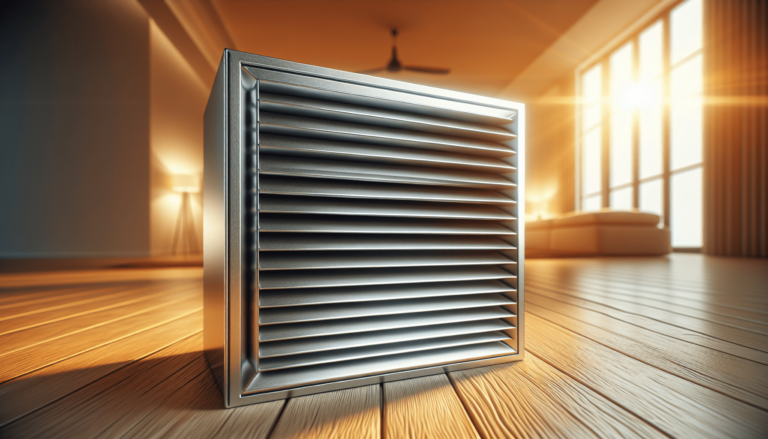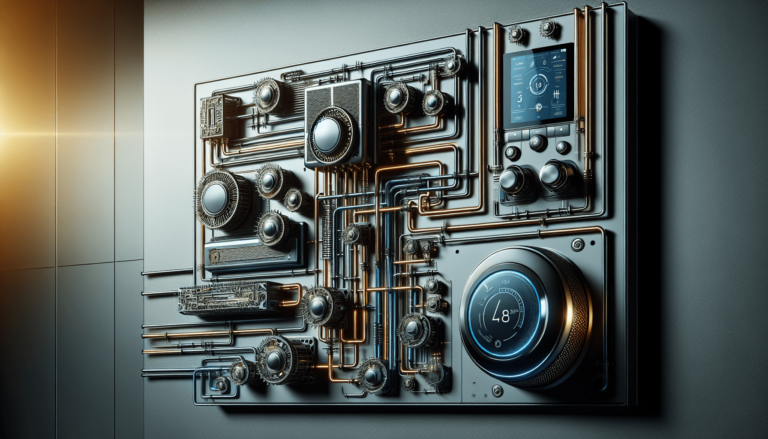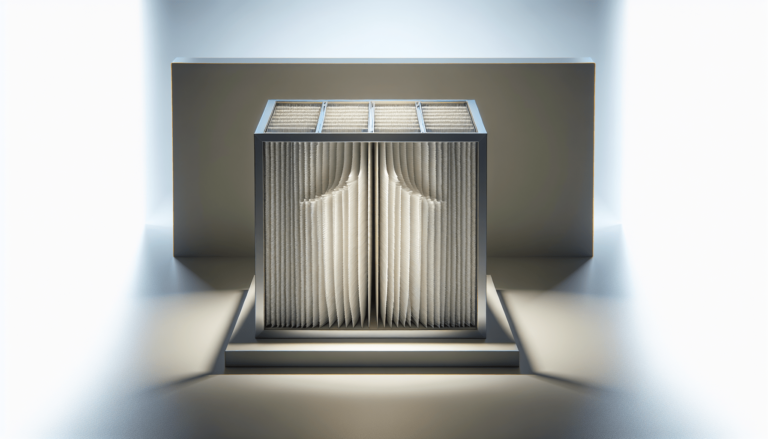

HVAC Services
Get Professional Repairs From The Area's Trusted HVAC Technicians. Ask About Our Services! We Offer Professional Heating & Cooling System Repairs And Guarantee Long-Lasting Results.
Got Question? Call us: (850) 678-2665Financing
Annual HVAC Costs: Breakdown And Saving Tips
Discover the mystery of your annual HVAC costs with witty tips for savings. Unveil breakdowns and insights to keep your home cool and your wallet cooler!

Have you ever wondered how much you’re actually spending on HVAC systems each year? Maintaining the comfort of your home is probably something you don’t spare much thought for—until the bills arrive, that is. These expenses can quickly add up, and without a clear breakdown, it’s challenging to know exactly where your money is going, or more importantly, where you can save. Let’s break down these annual costs and provide some friendly tips to help you save while keeping your home comfortable.
Understanding HVAC Systems
Before diving into the costs, it’s important to understand what HVAC really stands for. HVAC, or Heating, Ventilation, and Air Conditioning, is essentially the system that keeps your indoor environment comfortable by regulating temperature, humidity, and air quality. They are, undeniably, vital to our daily lives, especially during those steamy summer days and frosty winter nights.
Types of HVAC Systems
There are a variety of HVAC systems, each catering to different needs and preferences. You likely own one of these:
- Central Air Conditioners: Distributes cooled and dehumidified air throughout the house using a system of ducts.
- Heat Pumps: Provides both heating and cooling by transferring heat in or out of the house as needed.
- Ductless Mini-Splits: Ideal for homes without ductwork, these units cool or heat specific zones.
- Furnaces: Commonly powered by gas, oil, or electricity, furnaces heat air which is then distributed via ducts.
- Boilers: Uses water to heat your home by distributing hot water or steam.
Understanding these different types can clue you into why your neighbor’s HVAC bills might look very different from yours.
Annual HVAC Costs: What’s Involved?
Let’s start by breaking down the primary components of your annual HVAC costs. Understanding this can help you pinpoint your investment in home comfort.
Initial Installation Costs
If you live in a house that came with its own HVAC system, you might not think about these upfront costs. However, if you’re upgrading, replacing, or installing a new system, these costs can be significant.
| Component | Cost Range |
|---|---|
| Central Air Unit | $3,000 – $7,000 |
| Heat Pump | $4,000 – $8,000 |
| Furnace | $2,500 – $6,000 |
| Boiler | $3,500 – $7,500 |
| Ductless Mini-Split | $2,000 – $5,000 |
Maintenance Costs
Regular maintenance is crucial for the longevity and efficiency of your system. Neglecting this aspect can lead to higher energy bills and more frequent repairs. Here are average annual costs for typical maintenance services:
- Annual Check-up: $70 – $100
- Duct Cleaning: $300 – $500 every 3-5 years
- Filter Replacement: $15 – $30 per filter, done quarterly
Energy Consumption Costs
Arguably, the biggest slice of your HVAC expenses comes from energy consumption. An efficient system can greatly reduce these costs, which usually make up nearly half of a home’s total energy bill. Here’s how it generally breaks down:
- Natural Gas (Heating): $600 – $1,000 annually
- Electricity (Cooling/Heating): $300 – $600 annually
- Oil (Heating): $1,400 – $2,000 annually
Repair Costs
No system is perfect, and breakdowns happen. Understanding the scope of potential repairs can help you budget more effectively.
- Thermostat repair: $100 – $300
- *Refrigerant leak repair: $200 – $1,500
- Fan motor replacement: $300 – $600
- Heat Exchanger replacement: $1,000 – $2,000

Saving on HVAC Costs: What You Can Do
The good news is that there are numerous ways to save on HVAC costs, without sacrificing comfort. It starts with being a little proactive and making smart choices around your home.
Upgrade to Energy-Efficient Systems
If it’s within your budget, upgrading to an Energy Star-rated system can make a big impact on your expenses by reducing your annual energy bill by around 20%. Look for units with a high SEER (Seasonal Energy Efficiency Ratio) rating for the best efficiency in AC units or a high AFUE (Annual Fuel Utilization Efficiency) for furnaces.
Regular Maintenance
Neglecting maintenance may save you some cash in the short term, but it could lead to bigger issues down the line. Regular tune-ups can prevent major system failures, keep everything running smoothly, and ensure that your system is operating at peak efficiency. Think of it as a health check-up for your home’s comfort system.
Smart Thermostats: A Game Changer
Investing in a smart thermostat can save you up to 10% a year on heating and cooling by automatically adjusting the temperature based on your habits and preferences. Imagine coming home to a perfectly comfortable house without having spent a dollar extra to maintain that comfort.
Simple Home Improvements
Small initiatives around the house can lead to considerable savings:
- Insulation: Proper insulation keeps the temperature regulated.
- Weather Stripping: Prevents drafts and keeps your indoor air where it belongs.
- Curtains and Blinds: Help manage the amount of sunlight (and thus heat) entering your home.
Energy Audit
Consider hiring a professional to perform an energy audit on your home. This can reveal areas where you’re losing efficiency and provide targeted suggestions to reduce your energy use—and subsequently, your bills.
Utilize Fans
Using ceiling fans allows you to raise your thermostat about 4 degrees in summer with no loss of comfort, resulting in substantial energy savings. They cost just pennies a day to operate and can make your HVAC system’s job a lot easier.
Environmental Impact and Efficiency
Understanding the environmental footprint of your HVAC usage can provide additional motivation towards efficiency. HVAC systems account for over half of a home’s energy consumption, meaning more efficient practices not only reduce costs but also lessen environmental impact.
Carbon Footprint Reduction
Switching to newer systems not only saves on energy costs but also reduces emissions. Opting for eco-friendly refrigerants and renewable energy sources, when possible, contributes to a cleaner and healthier environment.
Rebates and Incentives
Many governments offer rebates and incentives for installing energy-efficient HVAC systems. Look into local programs which can considerably offset upfront costs and provide long-term savings.

Conclusion
Your HVAC system may be more integral to your home and daily comfort than you give it credit for. While these costs can seem ever-rising, it’s worth investing time in understanding and managing them effectively. With some upfront investment, regular maintenance, and small lifestyle changes, you can significantly reduce your annual HVAC costs, leave less of an environmental footprint, and live in a more comfortable home year-round. So, what’s your first step going to be in this HVAC saving journey? Whatever you choose, remember, a little change can go a long way towards more breathable living spaces and comfortably lower bills.







